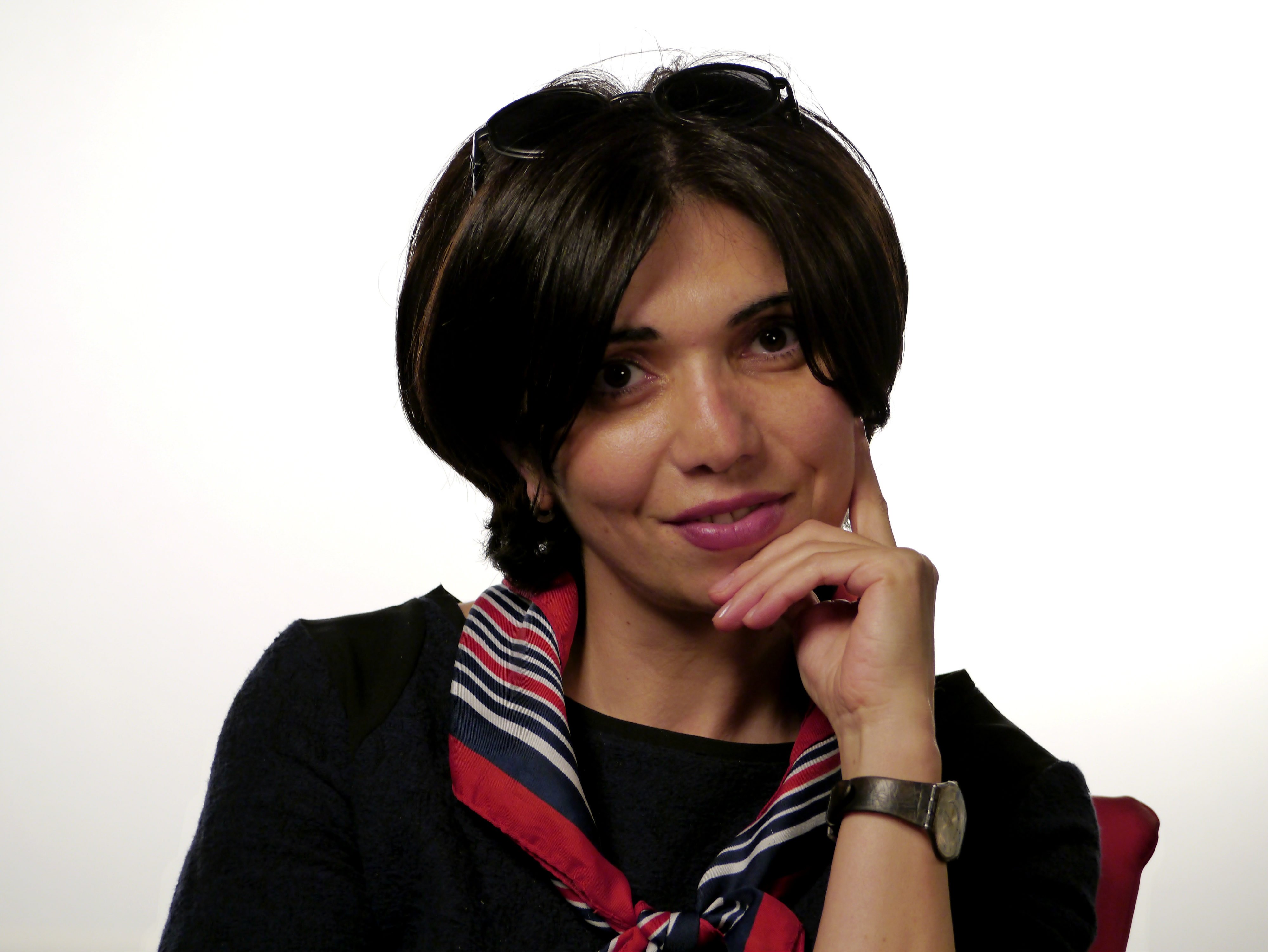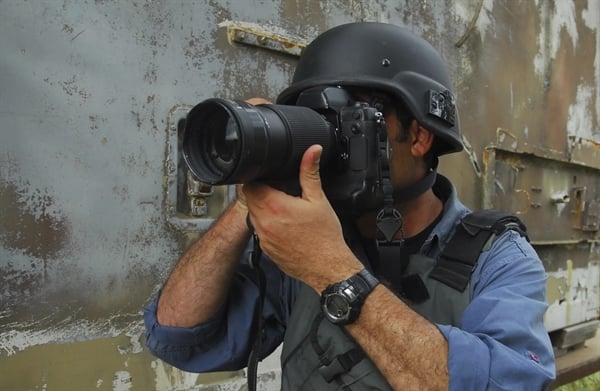During the four-day war, the official sources to receive information from the frontline were defense ministry press secretary Artsrun Hovhannisyan’s Facebook page and Davit Babayan, spokesperson of the president of the de-facto Republic of Nagorno-Karabakh. But these sources were extremely cautious, stingy. The need to accurately assess the situation and compare the sometimes contradictory data of official news with at least another, second source was extremely palpable.
Alternative sources were mainly Hetq.am chief editor Edik Baghdasaryan and CivilNet commentator Tatul Hakobyan’s reports from the frontline.
“Truth is the first casualty of every war: the parties are drawn into a propaganda war. I was interested in being at the frontline, to communicate with ordinary people. I was attentively following the official news stream. There was a big difference between the official news stream and what I saw. Sometimes the official news evoked many questions, doubts,” said Hakobyan in conversation with us. “There are things that are impossible to understand through dry, official news. I was trying to find human stories, which understandably don’t exist in the official news stream.”
Do our [Armenian] journalists providing news from the frontline have skills to work at the contact line, knowledge not to provide military secrets as news, have they mastered the rules to work in the line of fire?
“No, by and large, no. Though I was lucky,” describes Tatul Hakobyan. “With me was camera operator Hakob Manukyan who had worked at the armed forces. We filmed a lot, but there are shots which we haven’t published yet. For example, when we saw the filmed material, Hakob said, we can’t publish this series because our artillery is in that area: to publish would mean to provide information to the opponent.”
On day 1 and 2 of the filming, Hakobyan and Manukyan filmed ambulances with their sirens on the road to Hadrut, but they also didn’t publish that material. “We didn’t want to create panic. We could’ve provided those shots in a more peaceful period. One shot this way; the other, the other way — nothing would happen. At that moment, the temptation to be the first to publish what you shot surrendered to the sense of responsibility. Imagine, when after working for six days, we returned to Yerevan, I became acquainted with the safety guide for journalists working in conflict zones on Media.am. I sign below every point: adhering to every one of those tips is vital — for doing the work and at the same time staying alive.”
Nevertheless, not having the necessary knowledge for war reporting, our [Armenian] journalists at the frontline essentially didn’t apply the most important of the aforementioned rules: to wear a helmet and bulletproof vest. Hakobyan also testifies to this:
“We didn’t have protective clothing. Whereas foreign journalists, upon hearing gunfire, would immediately don [their] helmets and bulletproof vests. Of course, it’s important for us to have been prepared; on the other hand, those journalists who wore bulletproof vests were well-paid journalists. Generally, those journalists who cover conflict must undergo training where they’ll learn the ABCs, how to work. But experience must also be added to that limited knowledge.”
Since Sept. 1, 2008, war reporting has been included in the curriculum of Yerevan State University’s Faculty of Journalism. Students in the first semester of their fourth year can elect to attend war reporting (ecological, investigative, and so on) classes. YSU Faculty of Journalism Dean Naghash Martirosyan said that the first class in war reporting was conducted by defense minister Seyran Ohanyan and Seyran Shahsuvaryan read the lecture. Now the classes are conducted by Artsrun Hovhannisyan, media expert Vahram Mirakyan, Davit Jamalyan, and others.
According to the dean, out of 60 students, 25 elect to take the war reporting classes. Asked is there a textbook or handbook which guides lecturers, Mr. Martirosyan replied: “There are. The program was developed by our best lecturer, Artsrun Hovhannisyan.”
In the last 4–5 years, a few training programs for journalists have been implemented. “Industry experts discuss which is a more effective mechanism: to turn a former soldier into a journalist or transfer military knowledge to a good journalist and make them an industry expert? I’m more inclined toward the second option because it’s in this sector that mastering journalistic instinct and nuances are most needed,” Hovhannisyan remarked during one of these discussions.
It’s possible these classes are effective, but in Dean Martirosyan’s words: “This four-day war forced [us] to review some issues. Specifically, beginning the following school year, war reporting will be mandatory for future journalists — regardless of [their] chosen specialization.”
“We don’t have a war reporting school, and I’m not just talking about Armenia,” says Hakobyan. “We definitely have to have a group of war reporters. It’s never too late for that, considering that it’s unlikely our generation will see a settlement to the Karabakh issue.”
Lilit Avagyan







